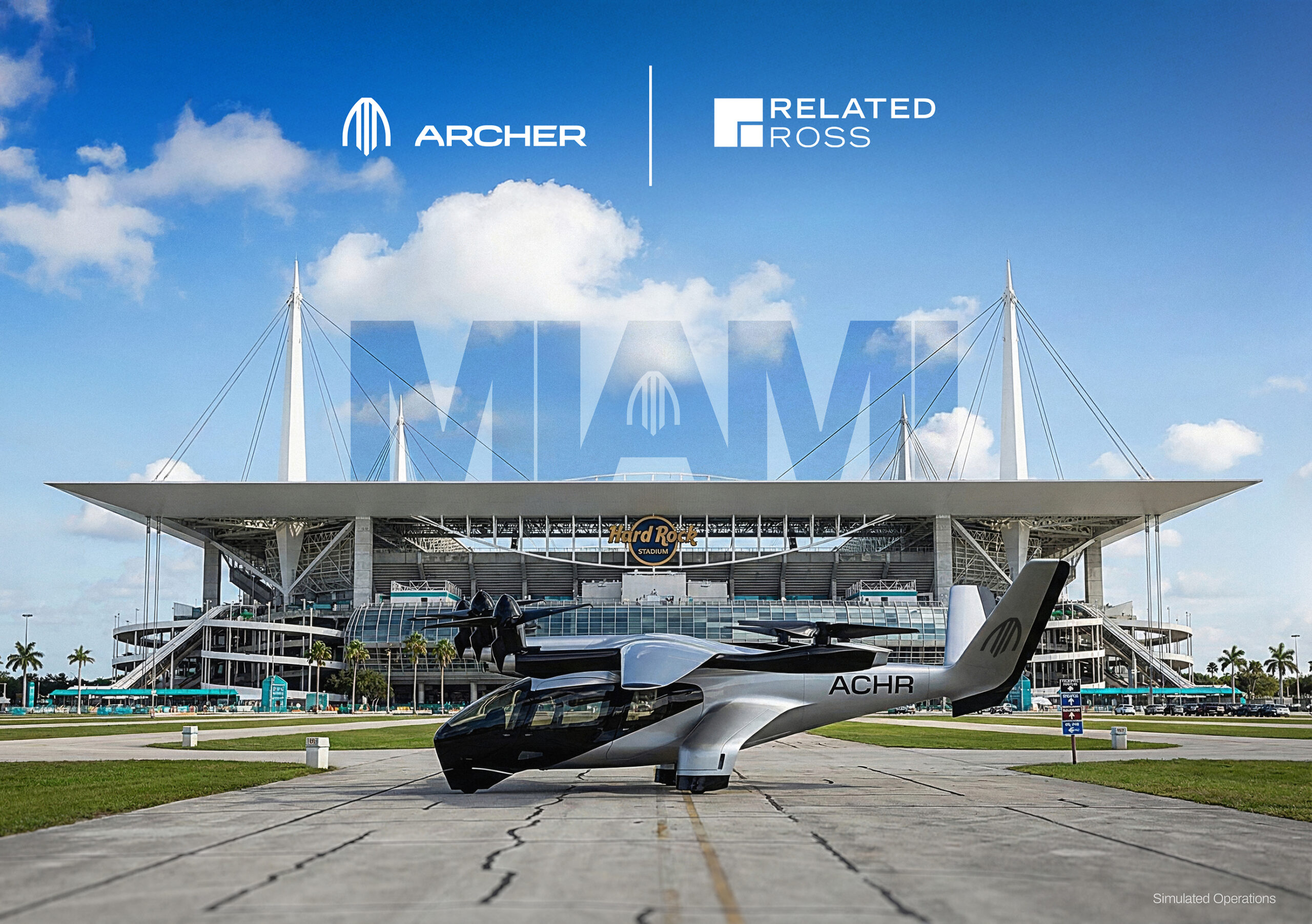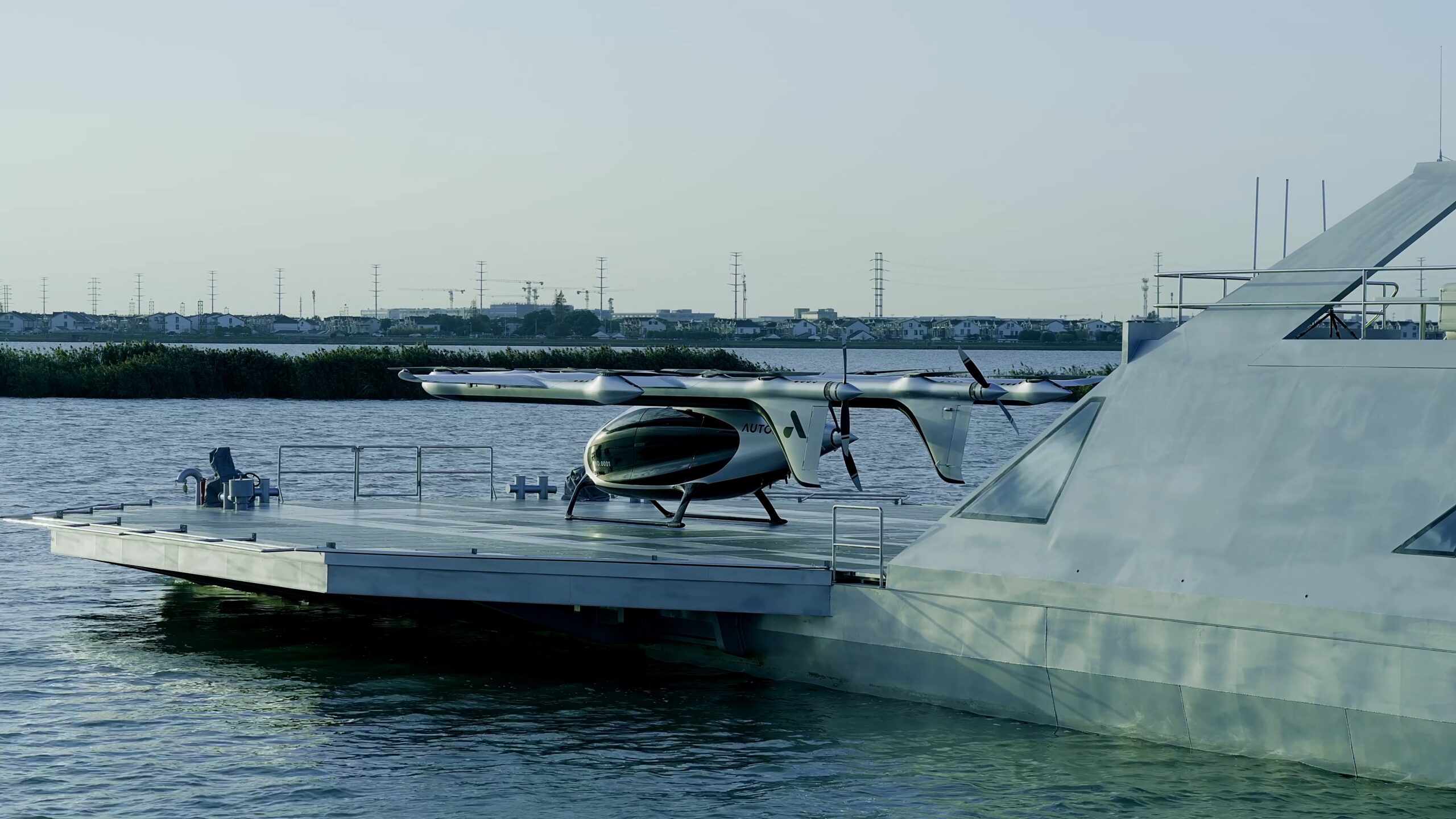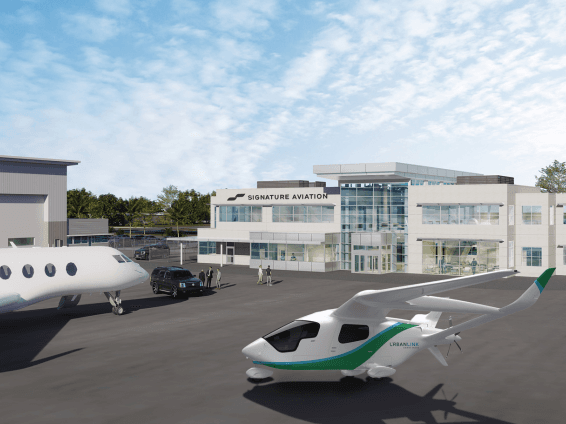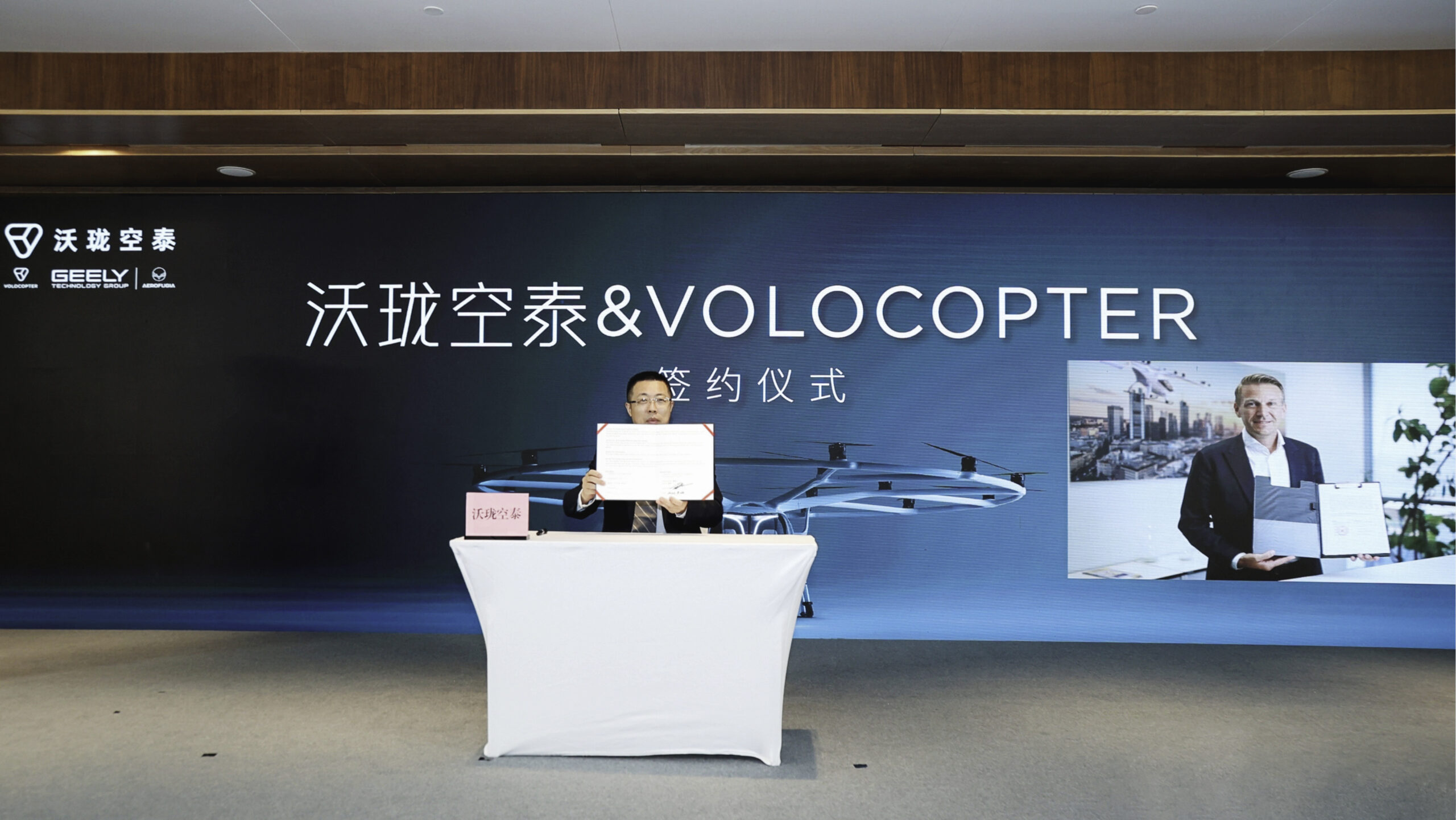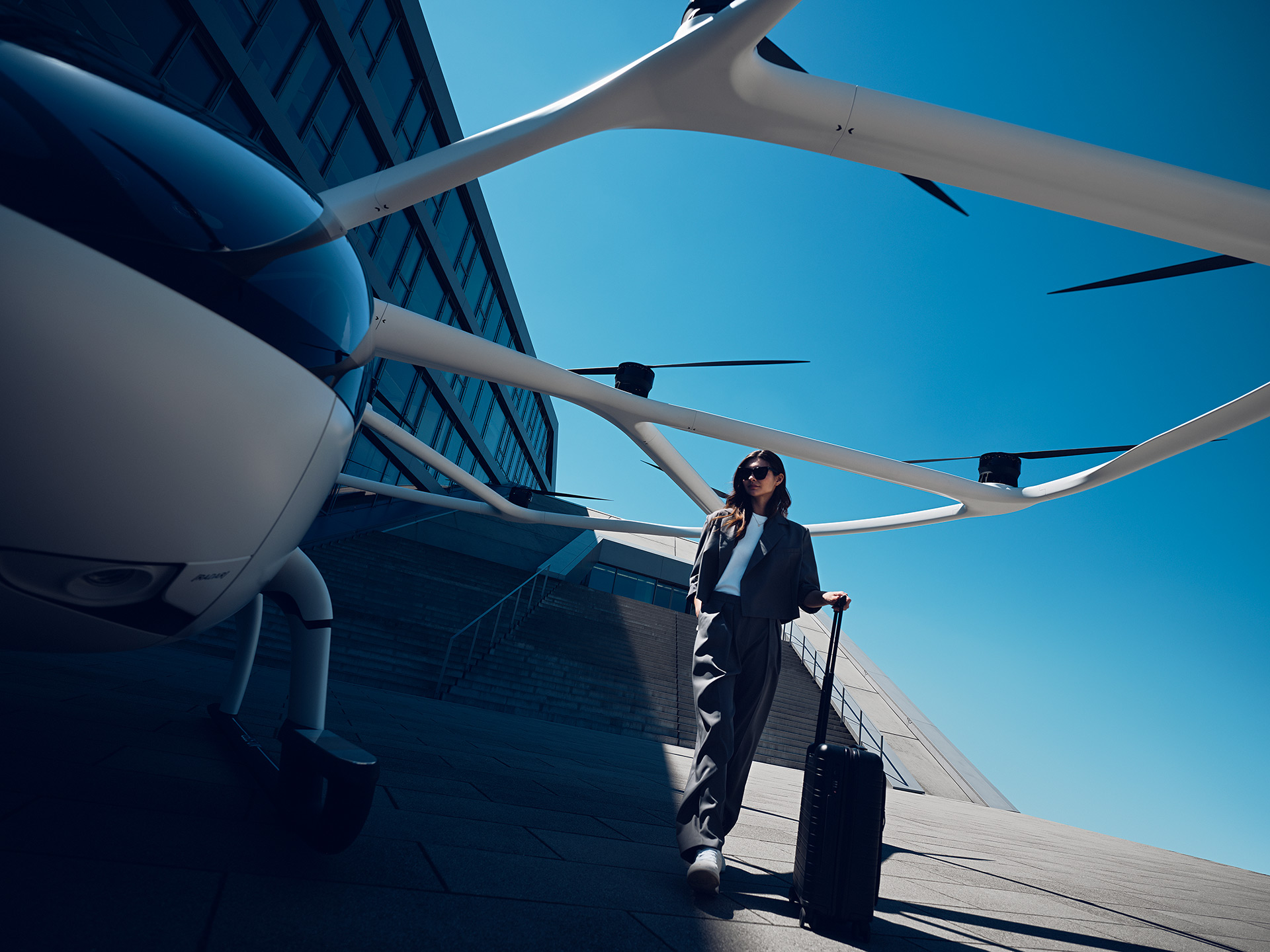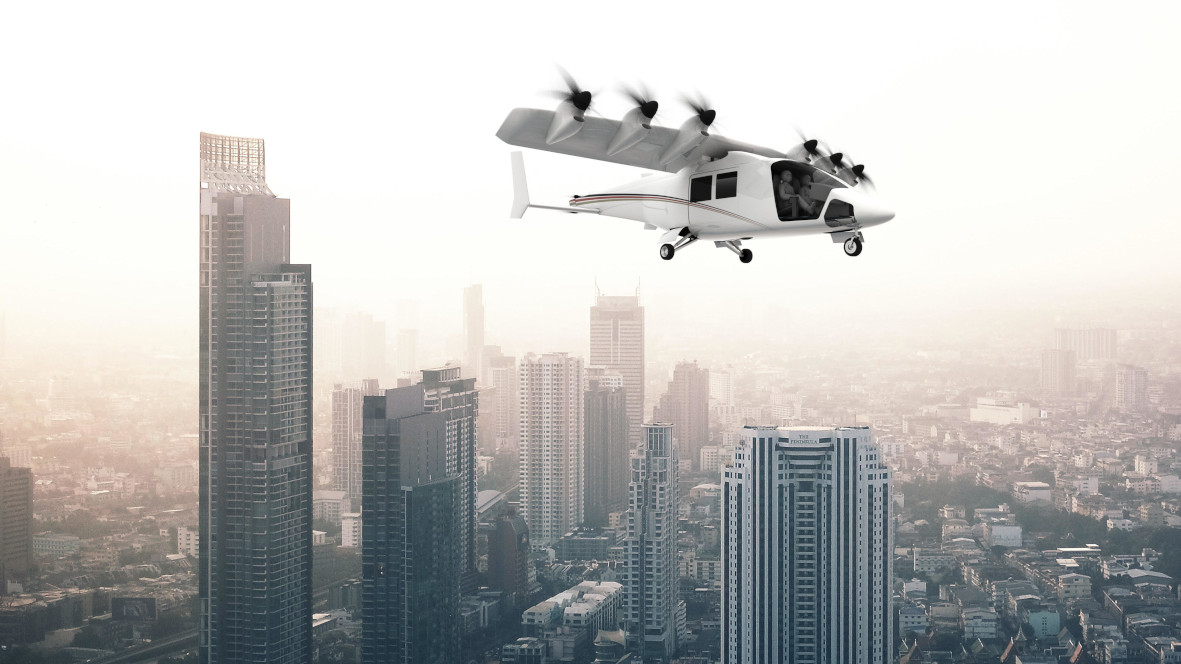Honda Introduces Initiatives in New Areas – Taking on Challenges in New Areas While Leveraging Its Core Technologies
While solidifying its existing businesses as the foundation of the company, Honda is thoroughly committed to contributing to the realization of a society with zero environmental impact and zero traffic collisions and also to new initiatives that enable Honda to take on challenges in new areas. In addition to research on advanced environmental and safety technologies, Honda R&D Co., Ltd., which takes a lead role in Honda’s technology research and development, is pursuing outside-the-box research on technologies that will bring about new value for people by expanding the potential of mobility into the 3rd dimension, then the 4th dimension which defies the constraints of time and space, and ultimately into outer space.
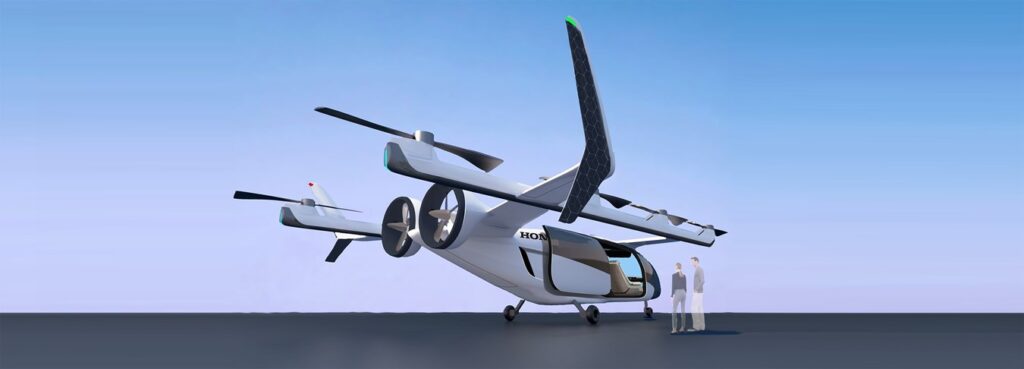
These new initiatives are made possible by core technologies Honda has amassed to date, including technologies in the areas of combustion, electrification, control and robotics. Through the comprehensive utilization of such technological strengths, Honda will strive to realize the joy of expanding people’s life’s potential in new areas in addition to existing business areas.
These new areas include an electric vertical take-off and landing aircraft, avatar robot with a goal to expand the range of human ability and a new challenge in the field of outer space.
Honda eVTOL (Electric Vertical Take-off and Landing) Aircraft: Will Make Mobility in He Skies More Accessible for People
- Honda eVTOL leverages Honda’s electrification technologies for its gas turbine hybrid power unit.
- Adoption of the hybrid power unit enables the extension of range, which will enable Honda eVTOL to provide inter-city (city-to-city) transportation, where the market size is expected to grow in the future.
- Honda will create a new “mobility ecosystem” featuring Honda eVTOL at its core, connected with mobility products on the ground.
To make the mobility in the skies Honda realized with its original HondaJet even more accessible for more people, Honda is developing its eVTOL (electric Vertical Take-off and Landing) aircraft by taking advantage of a wide range of Honda’s core technologies.
In addition to clean operation realized by electrification technologies, eVTOL features safety at a level equivalent to that of commercial passenger airplanes realized by its simple structure and decentralized propulsive system and quietness due to relatively small diameter of rotors. This makes it possible for eVTOL to take off and land in the middle of a city without causing noise issues. Because of such features, the development race for eVTOL aircraft is getting increasingly vigorous. However, all-electric eVTOL aircraft face a range issue due to limited battery capacity, therefore the realistic use area is limited to intra-city (inside city) transportation.
To address this issue and realize user-friendly inter-city transportation with longer range, Honda will leverage its electrification technologies and develop Honda eVTOL equipped with a gas turbine hybrid power unit. Moreover, in addition to electrification technologies, Honda eVTOL will feature technologies Honda has amassed in a number of different areas such as combustion, aerodynamics and control technologies.
Honda will strive to create new value for people by establishing a “mobility ecosystem” featuring eVTOL aircraft at its core, coordinated and integrated with mobility on the ground.
Keiji Ohtsu, President and Representative Director of Honda R&D Co., Ltd., said:All of the initiatives we introduced today are for the challenges Honda takes on in new areas, but the underlying passion of Honda to use our technology to make people’s lives more enjoyable remains unchanged. Ever since the company’s founding, the wellspring of Honda’s challenges has always been the people at Honda who generate original technologies and ideas. Through the creation of new mobility, Honda will continue striving to change the value people place on mobility and make positive changes to our society.
This article was originally published by Honda Motor Europe Ltd..



